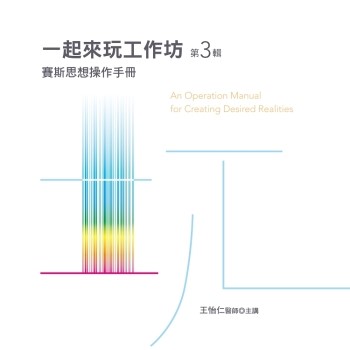Henry VIII is a collaborative history play, written by William Shakespeare and John Fletcher, based on the life of King Henry VIII of England. An alternative title, All Is True, is recorded in contemporary documents, the title Henry VIII not appearing until the play’s publication in the First Folio of 1623. Stylistic evidence indicates that individual scenes were written by either Shakespeare or his collaborator and successor, John Fletcher. It is also somewhat characteristic of the late romances in its structure. It is noted for having more stage directions than any of Shakespeare’s other plays.During a performance of Henry VIII at the Globe Theatre in 1613, a cannon shot employed for special effects ignited the theatre’s thatched roof (and the beams), burning the original Globe building to the ground.The play opens with a Prologue (by a figure otherwise unidentified), who stresses that the audience will see a serious play, and appeals to the audience members: "The first and happiest hearers of the town," to "Be sad, as we would make ye."Act I opens with a conversation between the Dukes of Norfolk and Buckingham and Lord Abergavenny. Their speeches express their mutual resentment over the ruthless power and overweening pride of Cardinal Wolsey. Wolsey passes over the stage with his attendants, and expresses his own hostility toward Buckingham. Later Buckingham is arrested on treason charges-Wolsey’s doing.The play’s second scene introduces King Henry VIII, and shows his reliance on Wolsey as his favourite. Queen Katherine enters to protest about Wolsey’s abuse of the tax system for his own purposes Wolsey defends himself, but when the King revokes the Cardinal’s measures, Wolsey spreads a rumour that he himself is responsible for the King’s action. Katherine also challenges the arrest of Buckingham, but Wolsey defends the arrest by producing the Duke’s Surveyor, the primary accuser. After hearing the Surveyor, the King orders Buckingham’s trial to occur.At a banquet thrown by Wolsey, the King and his attendants enter in disguise as masquers. The King dances with Anne Bullen.Two anonymous Gentlemen open Act II, one giving the other an account of Buckingham’s treason trial. Buckingham himself enters in custody after his conviction, and makes his farewells to his followers and to the public. After his exit, the two Gentlemen talk about court gossip, especially Wolsey’s hostility toward Katherine.
| FindBook |
有 1 項符合
The Famous History of the Life of King Henry Eight的圖書 |
 |
The Famous History of the Life of King Henry Eight 作者:Shakespeare 出版社:Lulu.com 出版日期:2022-03-18 語言:英文 規格:平裝 / 110頁 / 21.01 x 14.81 x 0.66 cm / 普通級/ 初版 |
| 圖書館借閱 |
| 國家圖書館 | 全國圖書書目資訊網 | 國立公共資訊圖書館 | 電子書服務平台 | MetaCat 跨館整合查詢 |
| 臺北市立圖書館 | 新北市立圖書館 | 基隆市公共圖書館 | 桃園市立圖書館 | 新竹縣公共圖書館 |
| 苗栗縣立圖書館 | 臺中市立圖書館 | 彰化縣公共圖書館 | 南投縣文化局 | 雲林縣公共圖書館 |
| 嘉義縣圖書館 | 臺南市立圖書館 | 高雄市立圖書館 | 屏東縣公共圖書館 | 宜蘭縣公共圖書館 |
| 花蓮縣文化局 | 臺東縣文化處 |
|
|
圖書介紹 - 資料來源:博客來 評分:
圖書名稱:The Famous History of the Life of King Henry Eight
|










